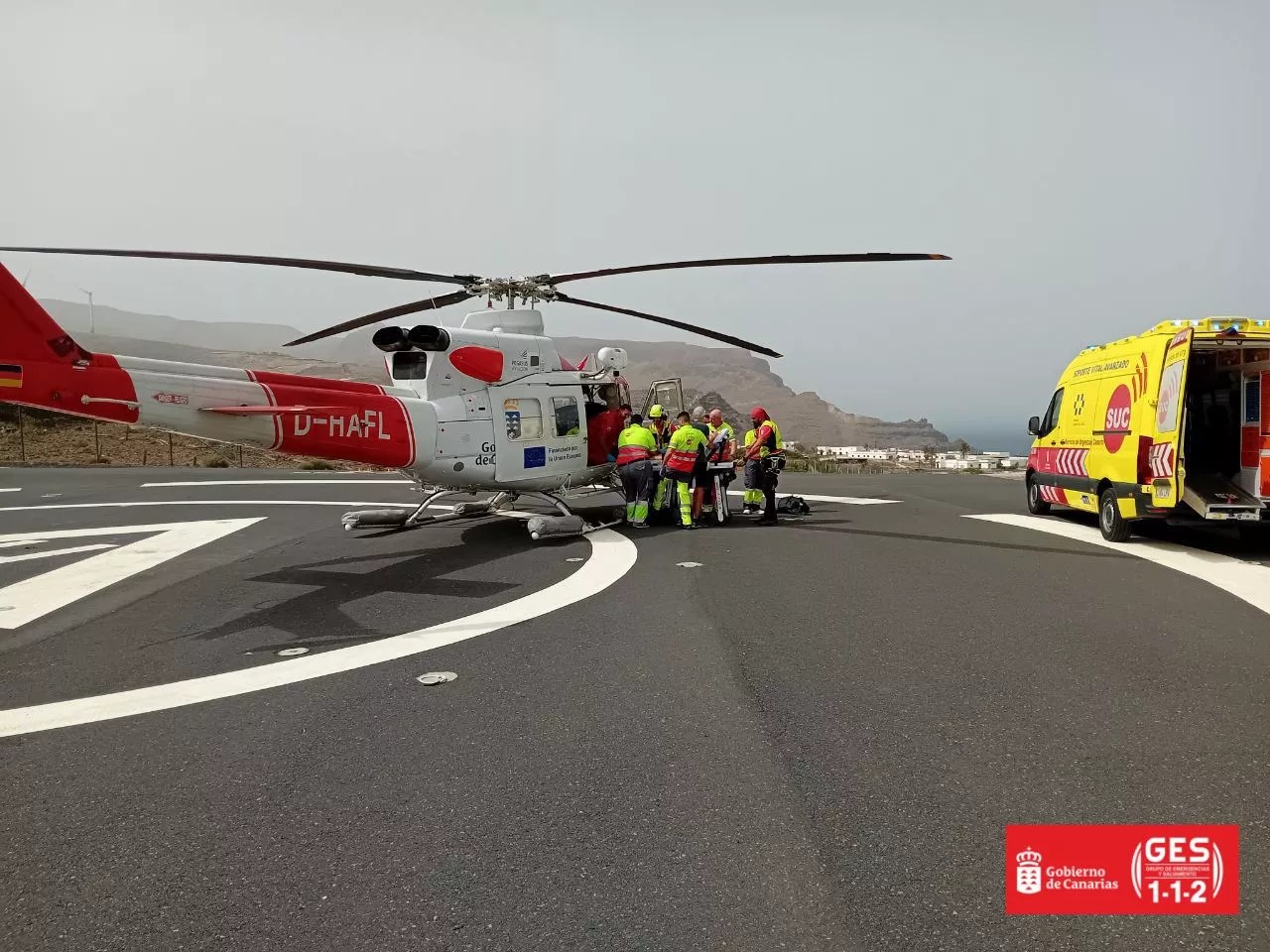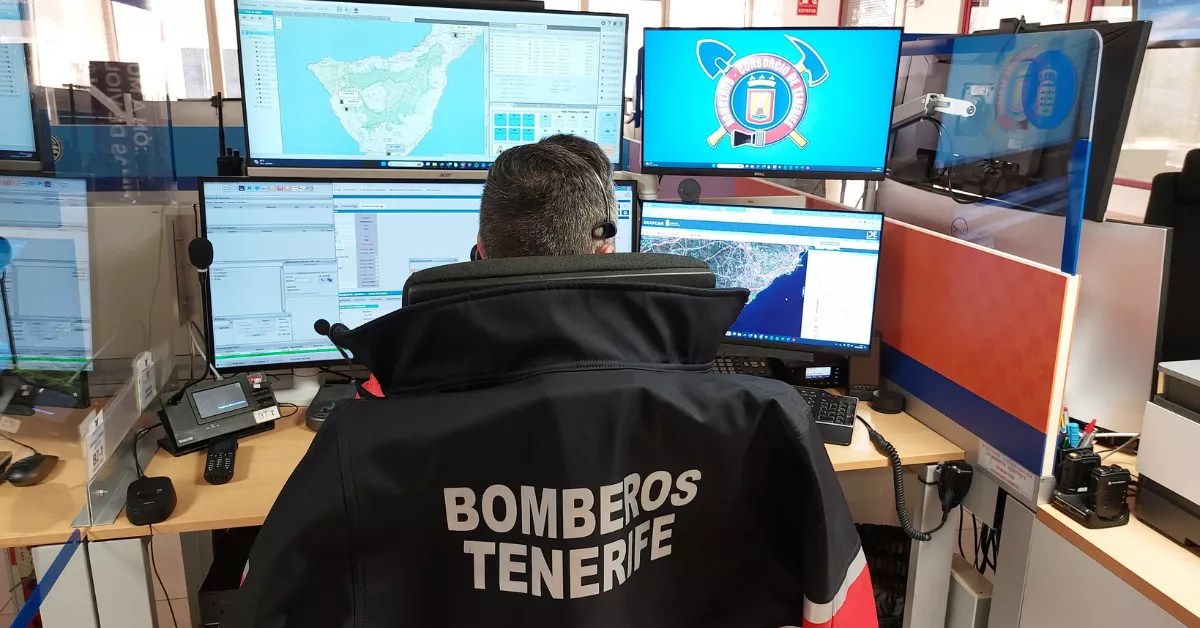
SANTA CRUZ DE TENERIFE, Aug. 22 (EUROPA PRESS) –
The fire is resisting in the Malabrigo area, in the municipality of Güímar (Tenerife), where this Tuesday the work of specialized troops will be concentrated due to the complexity of the area, although it is beginning to “see the light at the end of the tunnel”.
This was stated by the Minister of Territorial Policy, Territorial Cohesion and Water of the Government of the Canary Islands, Manuel Miranda, at the press conference after evaluating the night’s work and focusing on the objectives of this seventh day of fighting a fire, which After a readjustment, it affects 14,624 hectares in a perimeter of 88 kilometers –37% of the condition is in La Orotava– throughout 12 municipalities.
Miranda explained that although the fire still has “several aspects”, it is a “success” that “there are no victims and that no houses have been affected”, so they will continue to work “very actively” in the area of Malabrigo and in Tacoronte where there are still hot spots that are being reactivated.
For his part, the Technical Director of Emergencies of the Cabildo Gran Canaria, Federico Grillo, has indicated that “this is coming to an end” after the Izaña area has been considered controlled and if during this Tuesday the part of the the highlands of Güímar, which although it is a “front that is getting less and less, it has a certain difficulty because they are tremendous slopes”.
In relation to this, he admitted that there is a “certain risk” that the fire will move to the left and go towards the firebreak, being able to produce sparks, although the units will be concentrated in the area.
Grillo has admitted that this is a “complicated fire because it moves to one side, then to the other”, it is one of the “most complex” that he has analyzed.
The emergency technician of the Cabildo de Tenerife Pedro Martín, for his part, has affirmed that the early morning of this Tuesday has been the “quietest”, thus allowing the area to be assessed.
In this sense, he explained that in the Tacoronte area there are “many hot spots” inside, for which reason “no” ruled out that it gives “the can” although “many people have been concentrated there” and what is going to to do “is to cool down. It is very hard work”. For this reason, he has warned that columns of smoke can be seen although the prospects are “good”.
He added that Malabrigo “is really the only” front that is advancing and has a “critical point” because there are “very steep” ravines, which is why on Tuesday they will focus on trying to stop with specialized units and air resources.
DAMAGED A HELICOPTER
On the other hand, the president of the Cabildo de Tenerife, Rosa Dávila, has reported that on Tuesday a helicopter from the institution that was fighting the fire on the island will be inoperative after a person threw a stone at it when he was going to get water. .
Dávila regretted these facts, pointing out that the “fear of losing water can lead people to do this kind of thing”, however he qualified that “all the water” that is taken is replaced, stressing in this sense the importance of the people who fight the fire can “work calmly”.
In relation to this, the Canarian Councilor for Territorial Policy, Manuel Miranda, has specified that all aerial means carry a GPS with which they measure how much is taken and from where, ensuring that they will be replaced and compensated for the water that is taken from the affected people at the relevant time.
On these facts, they point out, the Civil Guard has already acted, and they have insisted on the need to be informed by official sources, “the CECOES”, because it is “very dangerous to alarm”, since “these things can happen”.
The president of the Cabildo de Tenerife, Rosa Dávila, has pointed out that work is being done on the Aguamansa canal, where there was a three-day cut, in “very complicated” conditions because it is within the perimeter affected by the fire.
He adds that although the canal is “recovered”, “not all the flow is arriving”, which is why there could be some affected areas.
de-escalation
Currently, all accesses to Teide are also kept closed, although a device has been put in place with the Civil Guard so that people from the Izaña Observatory, Aemet and beekeeping areas can access it in an “orderly manner”.
In relation to this, Dávila has reported that a meeting will be held this Tuesday with the mayors of the municipalities where there are still evacuees to evaluate a de-escalation, although “it is very important” that if the decision is adopted, the ways for the brigades to act”.
Finally, the head of Civil Protection and Emergency Attention of the Government of the Canary Islands, Montserrat Román, has pointed out that this Tuesday there will be two fewer aerial means, one from Miteco that has a part that must be replaced and that from the Cabildo de Tenerife after receiving an impact in the tail rotor.
In this way, there will be 18 air means of intervention with two for coordination, plus 255 ground fire-fighting personnel, 197 security agents, 47 logistics people, 160 from groups and 20 from coordination.
Currently there are 1,540 people rehoused in their homes and 896 in shelters with 292 animals. In addition, there are some 12,000 people still evacuated.
Román has also stressed that the air quality is very unfavorable due to coarse particles, but “very very unfavorable” in certain areas such as Los Realejos due to fine particles, for which reason he has called for self-protection measures to prevent any possible affectation.
















